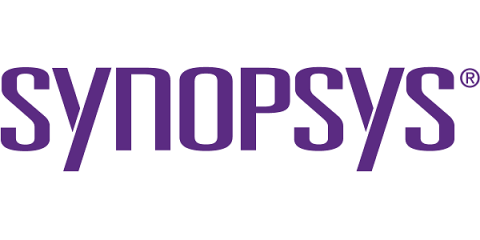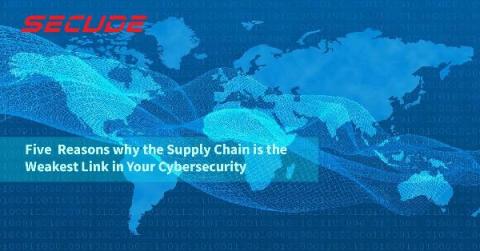Don't let supply chain security risks poison your organization
Supply chain security risks are not new, but recent headlines are a reminder for consumers to re-examine their security practices. The story about the guy who hit his mule between the eyes with a 2×4 to “get his attention first” so the beast would then obey his gently whispered commands is memorable because it uses humor to make a serious point: Don’t wait to get clobbered before you pay attention to exhortations about what you ought to do.











